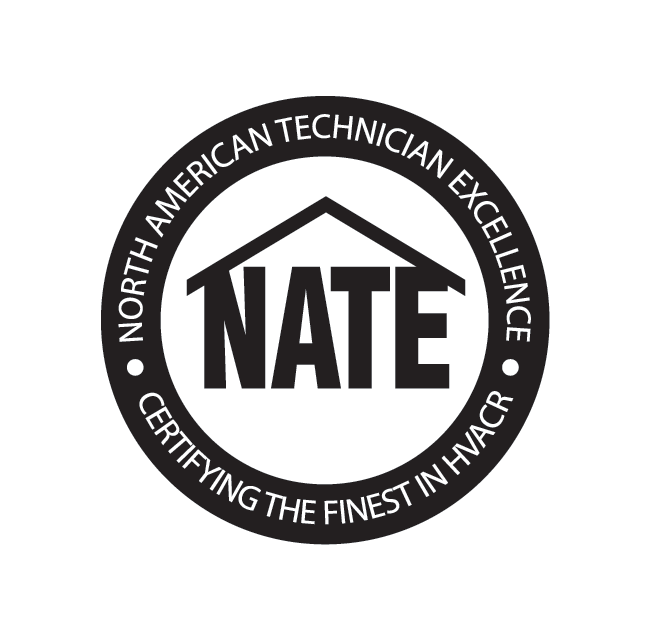Your furnace not only keeps you comfortable but is important for keeping your family safe during the coldest weather in northern Ohio. While you can easily manage your thermostat, there’s more knowledge needed to get the most from your system without breaking the bank. Learn the basics of how your system works and what you can do to improve its performance.
The Heating Process
The heating process is actually easy to understand. Your furnace produces heat, either by burning fuel or heating through an electric resistance element. The system draws in air from your home, which absorbs that heat. It then pushes that air back out to heat the air around your home.
While the process does seem rather simple, there are several places the process can break down, causing your furnace to malfunction. Let’s first look at how your furnace produces heat, and then, we’ll look at moving the air around. Finally, we’ll explore what you can do to keep your system working efficiently, keeping your utility and repair costs down.
How Your Furnace Produces Heat
Most furnaces in northern Ohio produce heat by burning fuel. In homes in developed areas, the most common fuel is natural gas because utility companies deliver it directly through underground pipes. However, in rural areas and older homes, you may have a fuel tank outside, and your furnace may burn propane or oil.
The heating process starts by your thermostat calling for heat. Before the furnace can burn the fuel, it has to ignite it. Some furnaces, including older models, have a pilot light. More modern furnaces use either a hot surface igniter or an electric igniter. The electric kind is very similar to the igniter you’d find on a gas grill.
Your system has a special sensor to ensure the fuel is burning, called the flame sensor. If this does not detect a flame, it stops the flow of fuel to the burners to prevent the buildup of fuel vapor. Without this safety, a buildup of fuel vapor could cause an explosion.
The goal of fuel combustion is to create a hot exhaust, which then travels through the system and eventually vents to the outside. Part of the exhaust system is a heat exchanger, which transfers the heat from the exhaust to the circulating air. If you have a high-efficiency furnace, your unit may actually have two separate heat exchangers to allow the air to absorb more heat.
Moving Warm Air
Once the system is producing heat, the control board signals the circulating fan to start. This draws air in through the return register and through the air filter. The air then moves through the heat exchanger and gets pushed back out into your home.
In addition to the air moving through your system, it also has to circulate through your home to evenly heat your rooms. Your system creates different air pressures to create a circulating airflow and help the heat move. It does this by creating high pressure at the output vents while, at the same time, creating low pressure at the return register. The way air moves, it seeks to equalize around your space, so air from the high-pressure area moves to equalize the low-pressure areas.
Anything preventing the air from moving interrupts the cycle. This can cause anything from reduced efficiency for a short time to strain-related damage when the restrictions are left unresolved for extended periods. Common airflow restrictions include a dirty filter, circulating fan wheel, or heat exchanger. Blocked and closed vents are also fairly common problems inhibiting airflow.
Keeping Your System Working Efficiently
Start by keeping an eye on your furnace filter and changing it regularly. The standard recommendation is to change 1- and 2-inch filters at least every 90 days. However, you may need it more often if you have pets or otherwise poor air quality.
Check your vents to ensure they are open and aren’t blocked. Each output vent should have at least 2 inches clear above and around it to allow air to flow out. Check with a technician about how much clearance your return register needs as it depends on its size.
Finally, make sure you get annual maintenance for your furnace. A technician will clean the heat exchanger and circulating fan to prevent restrictions. They’ll also test the system to ensure it cycles properly and that there aren’t any worn-out components.
People around Akron who’ve needed reliable heating and air conditioning service have turned to Bernard Heating & Cooling since 1991. Our team takes pride in providing best-in-class heating and air conditioning installation, maintenance, and repair. Call to schedule your maintenance or repair appointment with one of our expert technicians today.




